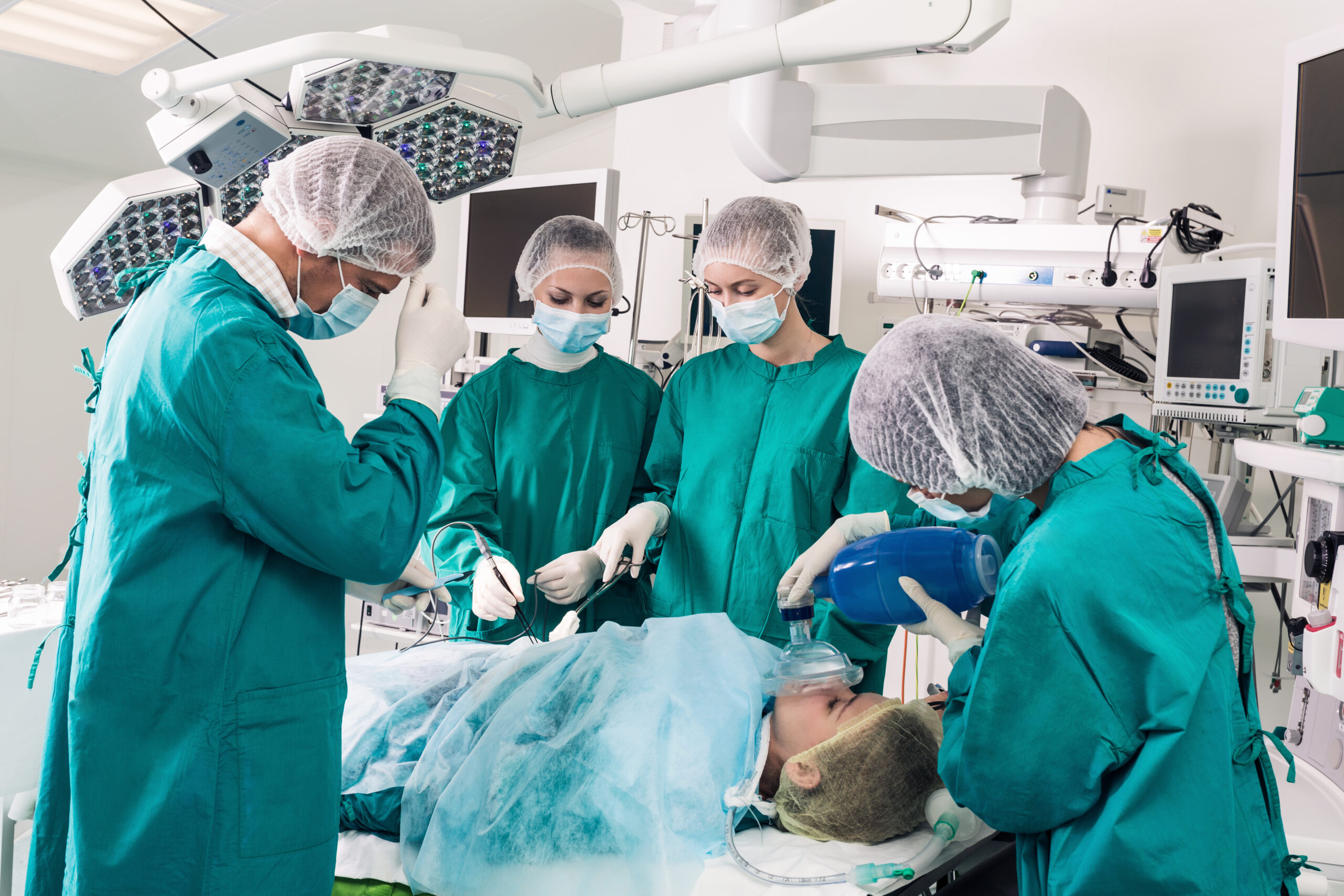Effective orientation vital for a sustainable workforce: Part 2

Orientation is the backbone of a sustainable workforce. Part 2 of OR Manager’s two-part series focuses on the orientation of experienced and per diem nurses, social onboarding, and how the pandemic has affected orientation, post-orientation efforts, and evaluation. Experienced nurses Experienced OR nurses are typically placed on the fast…
Tracking orientation, competencies, and skillsets in the OR—Military style
GENERAL Disclaimer: The views expressed in this article are those of the author(s) and do not necessarily reflect the official policy of the Department of Defense or the US Government. Developing OR nurses for the future is a goal of all OR managers. Orientation programs can vary depending on the…
FDA: Reprocessing changes for certain Karl Storz urological endoscopes
Editor's Note The Food and Drug Administration (FDA) on April 4 issued a letter to healthcare providers and users saying the agency is aware that current reprocessing instructions for certain urological endoscopes manufactured by Karl Storz are inadequate and are being updated by the company. In the letter, the FDA…
Techniques for using sterilization containers, case-by-case basis
Sterilization containers are used in many surgery departments. They offer many benefits, including providing an exceptional barrier to microorganisms, protecting instruments from damage, and eliminating torn wrappers. These benefits can only be realized if the sterilization containers are used properly, however. Guidance for the use of sterilization containers is given…
Quality monitoring for decontamination process
The foundation of sterilization is cleaning. How can we be sure that the mechanical cleaning equipment being used is producing clean medical devices? There are methods available to verify that the mechanical equipment used to clean medical devices is functioning appropriately. ANSI/AAMI ST79:2017 Comprehensive guide to steam sterilization and sterility…
Participate in survey on effects of COVID-19 on evacuation of surgical smoke
Editor's Note Please participate in an important nationwide perioperative survey on surgical smoke evacuation. The purpose of the research led by Brenda Ulmer MN, RN, CNOR, is to determine evacuation behaviors in hospitals before COVID-19, and then note changes as the virus continued to spread in the US. Ulmer and…
AORN to launch ‘Center of Excellence in Surgical Safety: Prevention of RSI’
Editor's Note AORN announced on August 15 that it will launch a new “Center of Excellence in Surgical Safety: Prevention of RSI.” Facilities will be recognized as Centers of Excellence for implementing a surgical team-based program to prevent retained surgical items (RSI). The complimentary program, sponsored by the AORN Foundation…
Researchers raise the alarm on splashing during reprocessing--Part 2
Part 1 of this two-part series discussed the splashes and the potential for exposure to pathogens that personnel face daily in sterile processing and endoscopy departments, as well as the current guidelines and strategies for reducing exposures (OR Manager, July 2021, pp 1, 9-11, 15). These risks were derived from…
New term clarifies instrument point-of-use treatment
What exactly is required to prepare instruments for transport to the decontamination room after a surgical procedure? Point-of-use cleaning, which may also be referred to as precleaning, has been used to describe instrument preparation at the point of use after a surgical procedure. But both point-of-use cleaning and precleaning have…
FDA: Class I recall of Medtronic angiographic guidewire
Editor's Note The Food and Drug Administration (FDA) on July 2 identified the recall by Medtronic Vascular of its angiographic guidewire component as Class I, the most serious. The recall was initiated because the devices were not sterilized before being shipped to hospitals. The guidewire is used during angiography or other interventional…

 Free Daily News
Free Daily News